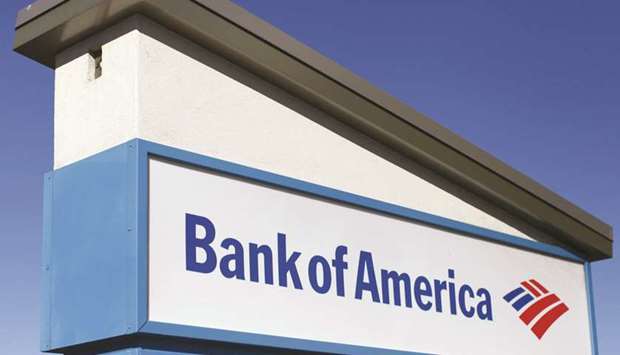After seven annual exercises in which at least one US bank failed, all of the nation’s 34 largest lenders will probably pass this year’s Federal Reserve exam when results are revealed this week and next. That’s because the toughest component of the analysis of how firms would fare during a hypothetical crisis, the so-called qualitative review, no longer applies to the majority of those being tested.
The easing pressure will allow banks including Bank of America Corp and Citigroup, which struggled with the tests in early years, to put about $30bn more cash in shareholders’ pockets, according to analysts’ estimates.
“If there’s a year everybody passes, this will be the year,” said Michael Alix, a partner at PricewaterhouseCoopers and a former Fed official. “The biggest firms have gotten attuned to the demands of the qualitative portion.”
The failures are disappearing and payouts rising because banks have gotten the hang of the tests and raised capital ratios way above required minimums. They’re also counting on a relaxation of rules that will shift the balance of power from regulators to shareholders.
While the proposal to excuse mid-size banks from the qualitative review was made last year, more easing is expected as President Donald Trump appoints new industry-friendly board members to the Fed. Last week, Treasury Secretary Steven Mnuchin recommended that stress tests be performed every other year and that banks maintaining a sufficiently high level of capital be exempt from exams.
The banks being tested will return $121bn to shareholders in the form of dividends and share buybacks over the next four quarters, or about 85% of their profit, up from about 75% in the previous four quarters, according to the average of analysts’ estimates compiled by Bloomberg.
Among the six biggest banks, Bank of America might see the steepest jump in payouts, according to estimates by Keefe, Bruyette & Woods, UBS Group AG and Morgan Stanley. The firm’s net cash return to shareholders is expected to be about $16bn over the next four quarters, 63% more than in the previous four, the estimates show. Citigroup may pay out more than 100% of its profit in the next four quarters, as it tries to catch up to peers after distributing relatively less for several years.
Wells Fargo & Co is the wild card, the one US bank that might fail the qualitative section, analysts at Morgan Stanley and UBS said in reports this month. The Fed could find the bank’s control mechanisms insufficient in light of revelations last year that employees may have opened millions of accounts without customer authorisation. The sales-practices scandal has already claimed a chief executive officer, led to regulatory fines and triggered an investigation by the Justice Department. Wells Fargo is among the 13 banks still subject to the qualitative analysis.
Spokesmen for Wells Fargo, Citigroup and Bank of America declined to comment, as did a spokesman for the Fed.
The Fed will release results of the tests in two stages. The first, the quantitative part on June 22, will show the impact of hypothetical scenarios on banks’ capital levels. On June 28, the Fed will say whether any firm failed because of either insufficient capital or on qualitative grounds, which includes risk management, data collection and other processes. Banks that pass the tests will begin announcing their dividend and buyback plans soon after.
Before the 2008 financial crisis, equity accounted for 3% of the biggest banks’ total liabilities. Now it’s about 7%. The increase in capital happened as requirements were jacked up globally to correct the weaknesses that led to the crisis. The Fed used the stress tests to restrict dividends to help banks build up buffers for potential losses.
Even so, stress-test failures might be back next year, when the US operations of the largest European lenders will be tested comprehensively for the first time. In the past, some units were included, but most of the largest broker-dealer businesses weren’t.



